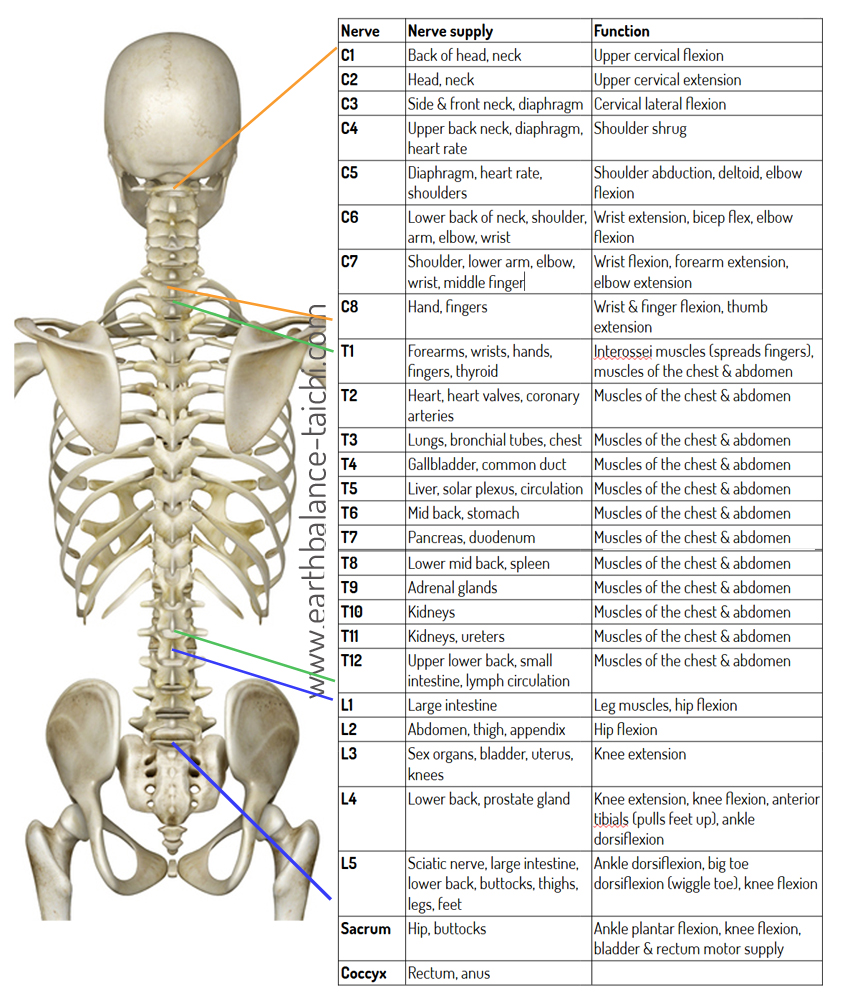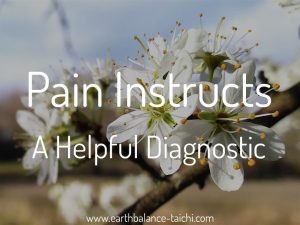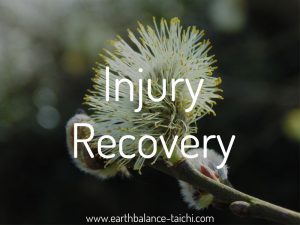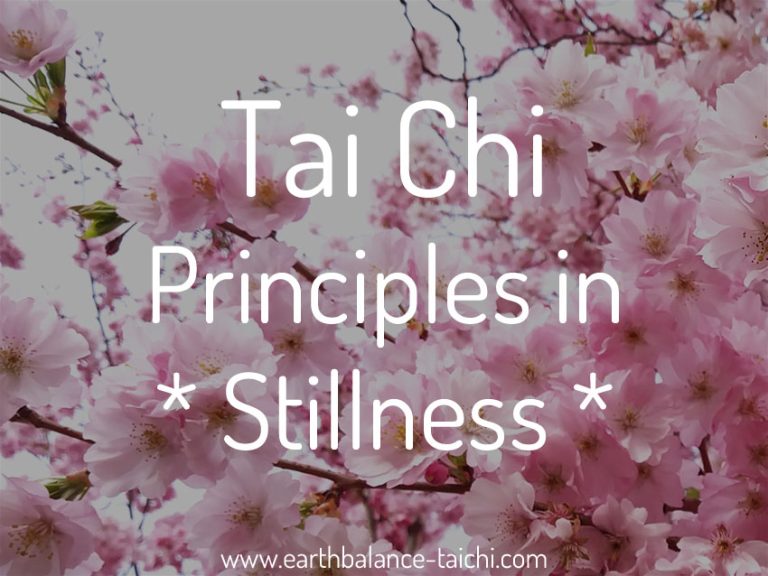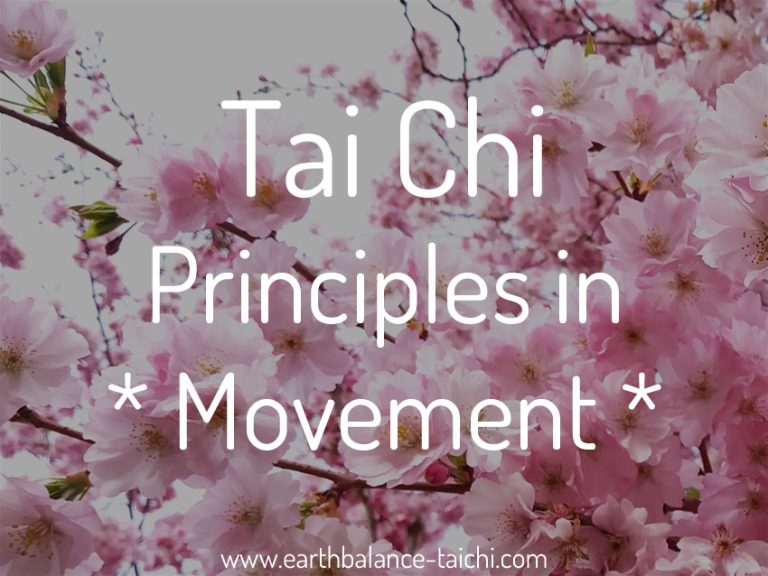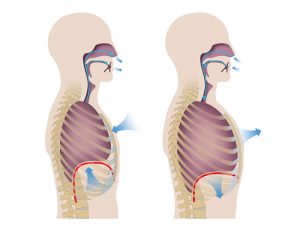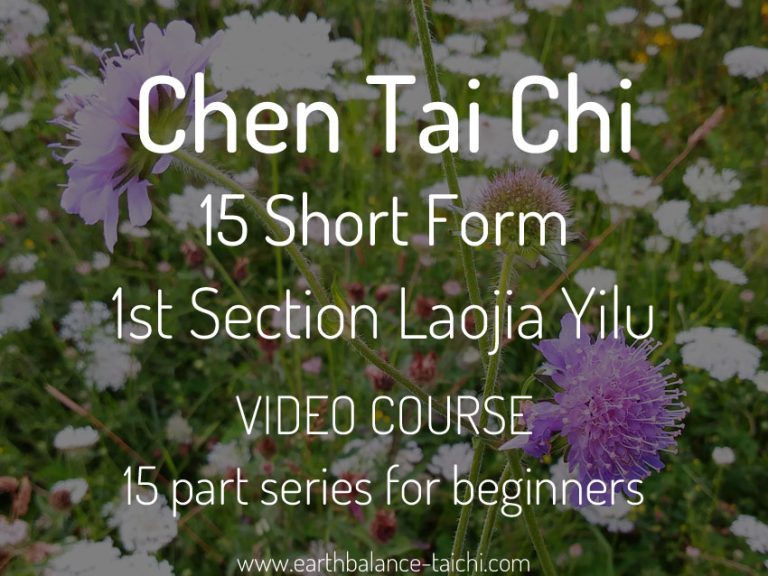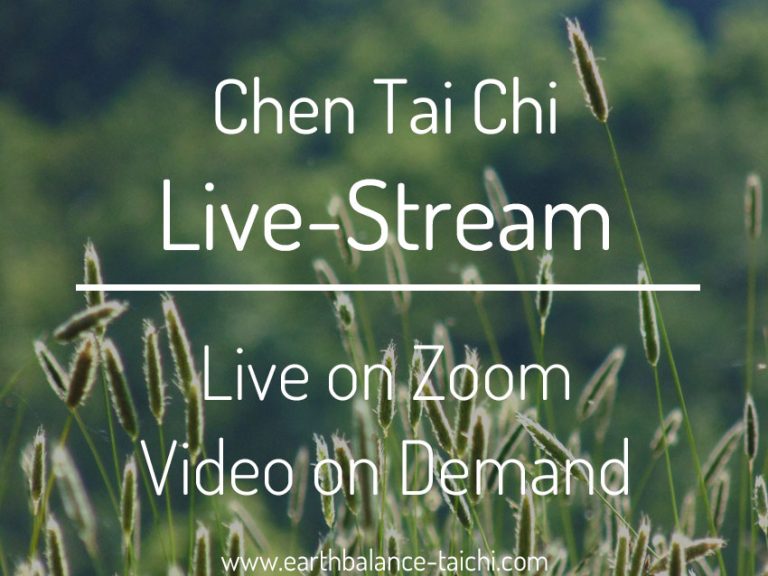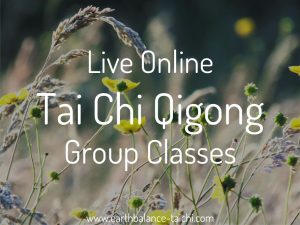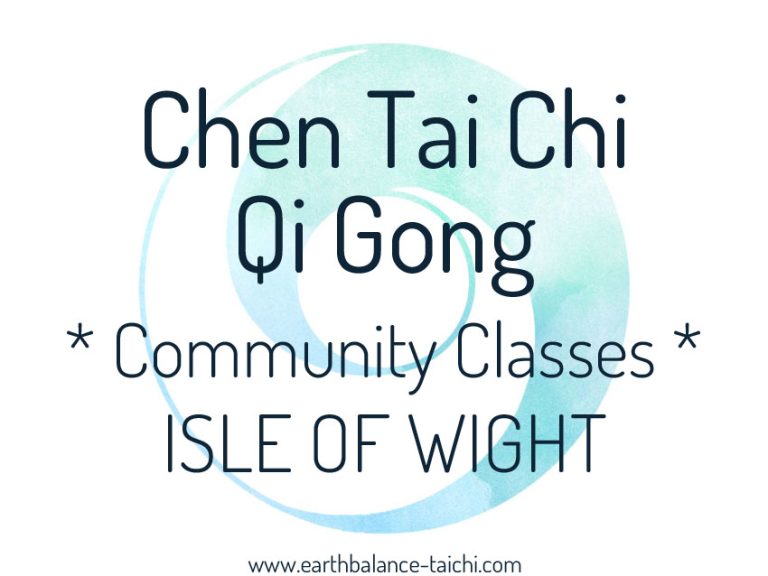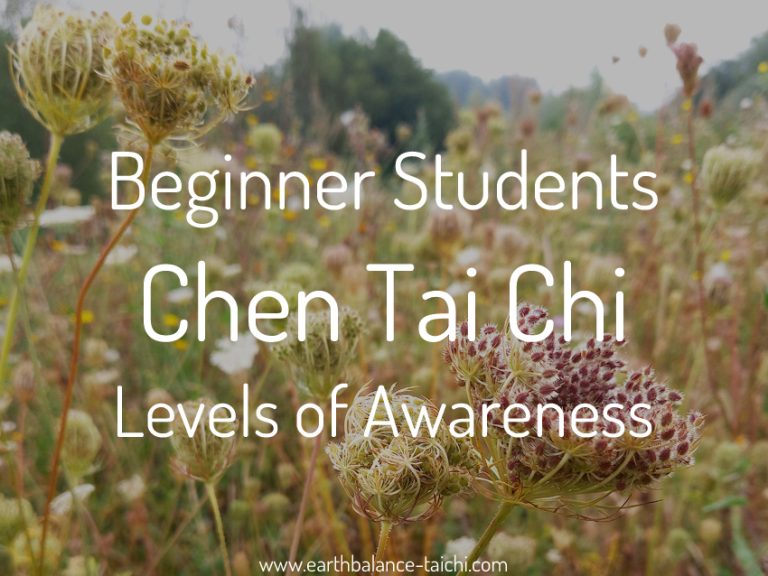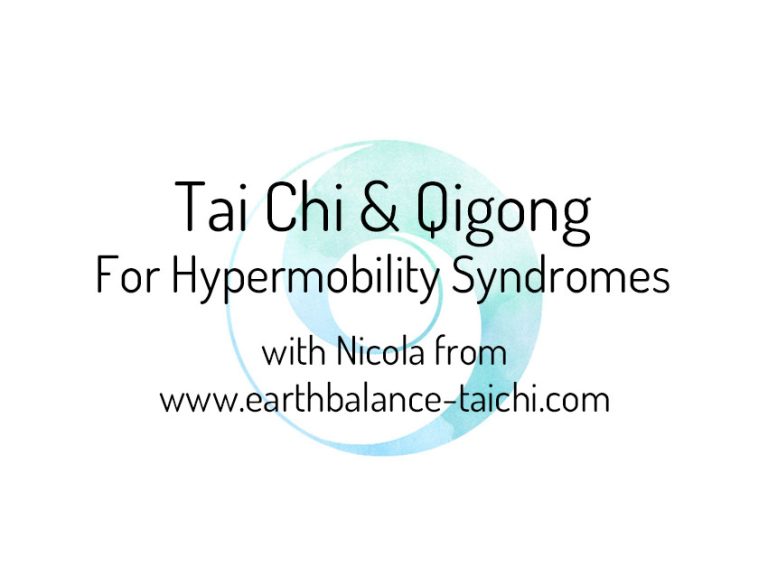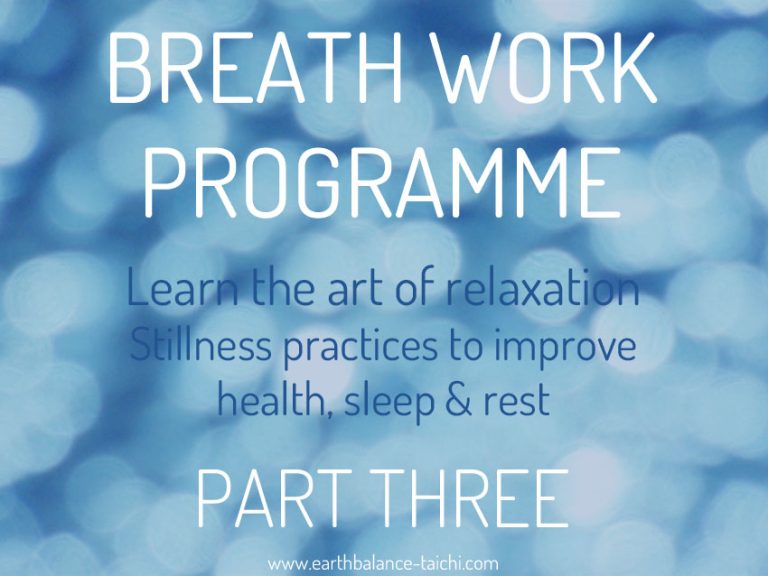Tai Chi for Spine Health

Tai Chi for Spine Health
The spine is key to health. One of my teachers once said that Tai Chi and Qigong all focus on spinal health. We use the phrase ‘structural integrity’ when talking about the Tai Chi and Qigong posture. This means the posture is aligned correctly, to hold your weight appropriately, to relax physical tension and to elasticise the connective tissue. Looking at Tai Chi, your alignment needs to support you martially, to be able to receive and absorb force coming towards you, and to divert and redirect force away from you.
An Unhealthy Spine
If you do not move the spine through an appropriate range of motion frequently, this will have a negative effect on your back health, and your overall physiological health and motor functions. From the muscles weakening, or over lengthening and over shortening through lack of movement, to the connective tissue like the fascia, tendons and sinews becoming rigid and inflexible. There is also a relationship between the central nervous system and your spine health. The spine holds the spinal cord which every nerve in the body connects to. If the spine is out of alignment, this will affect one or more of the nerves and their corresponding body function e.g. muscle function, motor functions, physiological functions etc.
As an example, here are the nerves that connect to the spinal cord in the neck, known as the cervical vertebra C1 to C7, with nerves that sit between them C1 to C8.
- C1: Head and neck movement.
- C2: Head and neck movement.
- C3: The diaphragm.
- C4: The diaphragm, heart rate, shoulder shrug.
- C5: The diaphragm, heart rate, shoulders.
- C6: Shoulder, arm, elbow, wrist movement.
- C7: Arm, elbow, wrist movement, middle finger.
- C8: Hand and finger movements.
If your neck posture is poor and this posture is held over a period of time, in some cases decades, you can make a connection between the nerve location and body function. The diaphragm is a very important muscle as this controls your breathing, which in turn controls the amount of oxygen your body receives on a second by second basis. If your neck is thrusting forwards in the typical office posture know as forward head posture, whereby there is a distortion in C3, C4 and C5, then the nerves to your diaphragm muscle will be become irritated and compressed. Over time this will have a negative effect on the function of your diaphragm muscle and your ability to breath diaphragmatically.
I have taught a number of students who have 'crimped' nerves in their neck relating to poor neck alignment that has caused numbness in their hands or fingers or the inability to inhale a full breath. The nerve supply does not stop at the cervical 8 vertebrae, every vertebrae along the spine has a corresponding nerve function. If any part of the spine is poorly aligned this can affect your whole body system health. Poor neck alignment may be from the aging process, illness e.g. parkinsons disease, or through injury, congenital condition, or a poor habitual posture sustained over time e.g. working at a desk for 8 hours a day. How you hold yourself daily matters!
The Tai Chi Spine
In Tai Chi, one of the principles is called ‘Ding’. Translated from Chinese, it means aligning the body with a straight and upright spine. ‘Ding jin’ is the concept of an upwards expanding momentum. "Zhong Ding" is the concept of central equilibrium, being stable and balanced relating to rooting. Usually ‘Ding’ is taught by imagining a piece of string is pulling you up from the crown on the top of your head. This by itself is only half the principle. You need to counter upward expansion with an opposing pressure, which includes grounding and rooting. By focusing on opposite momentum, this creates an elastic rebounding strength to lengthen the spine both up and down. Read more about this principle and how to apply an upright spine to your daily practice. An aligned posture can be described in stillness as:
- crown up towards the sky with equal opposition rooting, to lengthen from the pelvis
- occiput raised which withdraws the chin gently
- throat and jaw relaxed
- shoulder crests in neutral, not rounded forwards, not over extended backwards
- shoulder blades seated onto the back and relaxed
- chest hollow without being collapsed
- ribs folded in
- open the lower back by lengthening the tail bone down, passively drawing the abdomen towards the spine
- your head is over your heart, your heart is over your pelvis
- heavy lower body with a relaxed squat in the hip crease
- knees softly bent, not collapsed inwards
- feet rooted on the ground
- all whilst maintaining peng jin and fang song
Lower Back & Pelvis
Part of ‘Ding’ is also to correctly align the lumbar and pelvis by lengthening the tail bone down, to open and relax the lower back. This is sometimes described as tucking the tail bone under, or rolling the pelvis under. The caveat is that this can lead to a forward thrust movement which pushes the pelvis to an exaggerated rolled under position. You are looking for a neutral pelvis position, where the lower back has less of an S curve than normal. Observe whether your daily habit is to tilt the pelvis forwards or backwards. Your Tai Chi instructor can help with this. Once you know, you work from that point. Read more about hip alignment in Tai Chi here.
Lengthening the tail bone helps to strengthen the core and pelvic muscles, which all support your lower back. This also helps the internal organs sit neatly within the pelvis bowl and the torso, without distortion from a poor posture.
By improving your lower back and pelvis alignment, this takes pressure off the lumbar and sacrum vertebra. If you tilt your pelvis forwards habitually you will be continually crimping your lower back. If you hold this posture when sitting and standing, your back will complain at some stage.
When standing up straight many people complain of lower back pain. You can adopt a Tai Chi posture by bending the knees slightly and lengthening the tail bone down which brings your abdomen towards the spine. This is a nifty way to take the body weight out of your lower back where it gets stuck in the exaggerated S curve. You don’t need to be doing Tai Chi to achieve this, you can simply stand in a supermarket queue and do it.
The hip joint is another principle in Tai Chi. It is called the ‘Kua’ in Chinese, which means the area from the external groin going inwardly to the hip joint. This will be discussed in another post. We use the hip to squat, and expand and compress into the hip joint. Correct alignment and movement of the ‘Kua’ also leads to better ‘Ding’ and improved spine health.
Fang Song / Song
One of the most important principles to develop is Song which roughly means "applied relaxation". To relax and release the spine whether in stillness / standing postures or in movement. This is a cultivated skill that takes time to explore. It does not mean collapsed or floppy, rather releasing and relaxing within the following principles:
- Skeleton: Well aligned and rooted posture covering the 6 directions, including the principle Ding, Ding Jin and Zhong Ding mentioned in this article
- Muscles: Free of tension, appropriate contraction to maintain the posture. Releasing any inappropriate muscle holding and / or equalising muscle use. Using the minimum amount of muscles to support the body and structure.
- Joints: Free of tension, loosened, relaxed, mobile and open. Softening through the joints, rather than opening them with force into tension.
- Connective tissue: Free of tension, elastic, expansive, spiralling. Softening through the connective tissue with an elastic quality never stretching or collapsing.
- Mind: Follows the same principles of song, to be relaxed, calm and present. Guided by breath work.
There are two main meridian channels in the body, the Ren and Du Mai. In English we call them the Conception and Governor channels. They run along the front and back of the midline body. These create a complete circuit called the small heavenly cycle, allowing chi to flow in a circular line. On a basic level, maintaining a healthy spine posture allows the free flow of chi on the circuit, as the meridians are open without restriction. If the posture is poor, then this creates chi blockages and stagnation, causing illness and poor health.
Tai Chi and Daily Life
Over time, through hands on guidance and tuition a student can improve their ‘Ding’ posture. You can learn to move whilst loosening the soft tissue, you can increase your body awareness, and you can mobilise and stabilise the muscles around the spine. All working towards an improved range of motion and healthier alignment.
These principles are new skills that you repeatedly train to become muscle memory. Whatever you train in class and in your home practice become a new habit in your daily life. With frequent practice, you will avoid or reduce the chances of spine injury and back pain. Overall you will greatly improve your physiological health by giving space to the spinal nerve supply.
Many Qigong movements are similar to yoga, where we flex and extend the spine through a wide range of motion. Some Qigong movements use the ‘Ding’ principle, where a straight and upright spine is maintained.
That said, there are plenty of movements that rotate, flex, extend, expand and compress the spine in all directions from forwards, to backwards and stretching the lateral/side body. All are important to keep the spine flexible, supple and healthy, and to maintain overall health.
Body Awareness
Tai Chi and Qigong help develop co-ordination, balance and body awareness. This helps prevent injury as you learn what a safe range of motion is, by practising slow and deliberate movements under full control. You also reduce the likelihood of a fall, as you are much more grounded in your posture and you have come to understand through trial and error what creates a good and poor alignment. This can all help to reduce pain, as you have a greater understanding of your limits, the space your body takes up, and the space your body is in. Information is power!
Breathing and the Spine
In Tai Chi and Qigong we use abdominal breathing techniques which use the diaphragm muscle. When we inhale, not only is there movement in the front of the abdomen and side ribs as expansion occurs, there is also a smaller flexing movement in the spine as the diaphragm wall expands downwards. The lower back vertebra open up slightly bowing the lumbar area outwards from the pressure, creating room and space. You can notice this more when lying down and breathing as your back will touch the bed when you have taken a full deep breath. This is sometimes called the kidney breath.
Resources
Tai chi exercise for treatment of pain and disability in people with persistent low back pain: a randomized controlled trial.
"This is the first pragmatic randomized controlled trial of tai chi exercise for people with low back pain. It showed that a 10-week tai chi program improved pain and disability outcomes and can be considered a safe and effective intervention for those experiencing long-term low back pain symptoms."
By Hall, Maher CG, Lam P, Ferreira M, Latimer J.
Effect of Tai Chi Chuan on degeneration of lumbar vertebrae and lumbar discs in middle-aged and aged people: a cross-sectional study based on magnetic resonance images
"The Tai Chi practitioners had significantly fewer degenerated lumbar vertebrae (1.9) and lumbar discs (2.3) than the control group (2.6 and 2.9, respectively). The most severely affected lumbar vertebrae and discs were L5 and L4/L5, respectively."
By Chenghu Deng and Wei Xia
* Please note that the Taoist practices are not a replacement for conventional medical treatment. Please speak with your doctor prior to starting a new exercise programme. This article is for information purposes only and must not be taken as medical advice. *
